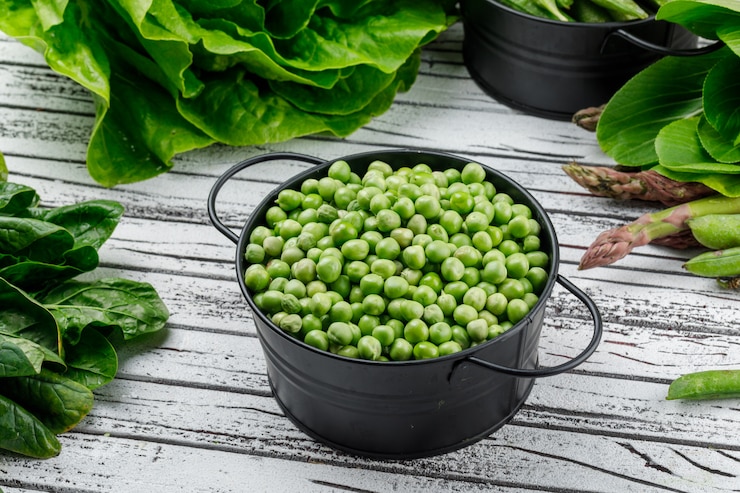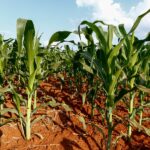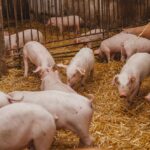Peas are delightful and nutritious vegetables that are popular in many culinary dishes, from salads to stir-fries. If you’re considering growing peas in South Africa, whether for personal consumption or commercial purposes, here are ten important things you should know:
- Climate and Region: Peas thrive in cooler climates with moderate temperatures. They prefer temperatures between 10°C and 20°C, making them well-suited for regions with milder winters and cooler springs. In South Africa, pea cultivation is successful in areas such as the Western Cape, parts of the Eastern Cape, and the high-altitude regions of Mpumalanga and KwaZulu-Natal.
- Variety Selection: There are various pea varieties available, including shelling peas, snap peas, and snow peas. Consider factors such as taste preference, growth habit, and disease resistance when selecting pea varieties. Popular varieties grown in South Africa include Alderman, Greenfeast, and Oregon Sugar Pod.
- Soil Requirements: Peas prefer well-drained soil with good fertility. Conduct a soil test to assess the pH level and nutrient content of your soil. Peas generally prefer a slightly acidic to neutral pH range of 6.0 to 7.0. Amend the soil with organic matter, such as compost, and appropriate fertilizers based on the soil test results to ensure optimal nutrient availability.
- Land Preparation: Clear the land of weeds, rocks, and debris before planting peas. Prepare the soil by tilling and incorporating organic matter to improve its structure and drainage. Peas have delicate roots, so avoid overworking the soil to prevent damage.
- Planting Time: Peas are cool-season crops and should be planted during the cooler months. In South Africa, plant peas in late winter or early spring when the soil temperature is around 10°C to 15°C. This timing allows the peas to mature before the onset of hot weather.
- Planting Depth and Spacing: Plant peas at a depth of 2 to 3 centimeters, with the eye of the seed facing downward. Provide adequate spacing between plants, usually 5 to 10 centimeters apart in rows that are 60 to 90 centimeters apart. Follow the recommended spacing guidelines for the specific pea variety you’re growing.
- Irrigation: Peas require consistent soil moisture for healthy growth and pod development. Implement an irrigation system to provide regular and sufficient water supply. Avoid overwatering, as it can lead to root rot and other diseases. Monitor soil moisture levels and adjust irrigation accordingly to maintain optimal soil moisture.
- Support Systems: Many pea varieties require support systems, such as trellises or stakes, to keep the plants upright as they grow. Install the support system at the time of planting or shortly after to prevent damage to the developing plants.
- Pest and Disease Management: Peas can be susceptible to pests such as aphids, pea moths, and diseases like powdery mildew and root rot. Implement integrated pest and disease management strategies, including regular monitoring, cultural practices, and the use of appropriate pesticides or biological controls when necessary. Practice crop rotation to minimize disease pressure.
- Harvesting: Peas are ready for harvest when the pods are well-filled and the peas inside have reached the desired size. Harvesting time varies depending on the variety, but it generally occurs around 60 to 70 days after planting. Use gentle hand-picking to harvest the pods, as they can be delicate.
By considering these ten crucial factors before growing peas in South Africa, you’ll be better prepared to cultivate a successful crop. Stay updated on local research, industry best practices, and consult with local agricultural experts for tailored advice. With proper care and attention, you can enjoy a plentiful harvest of sweet and nutritious peas.
Join 'Farmers Mag' WhatsApp Channel
Get the latest Farming news and tips delivered straight to your WhatsApp
CLICK HERE TO JOIN






